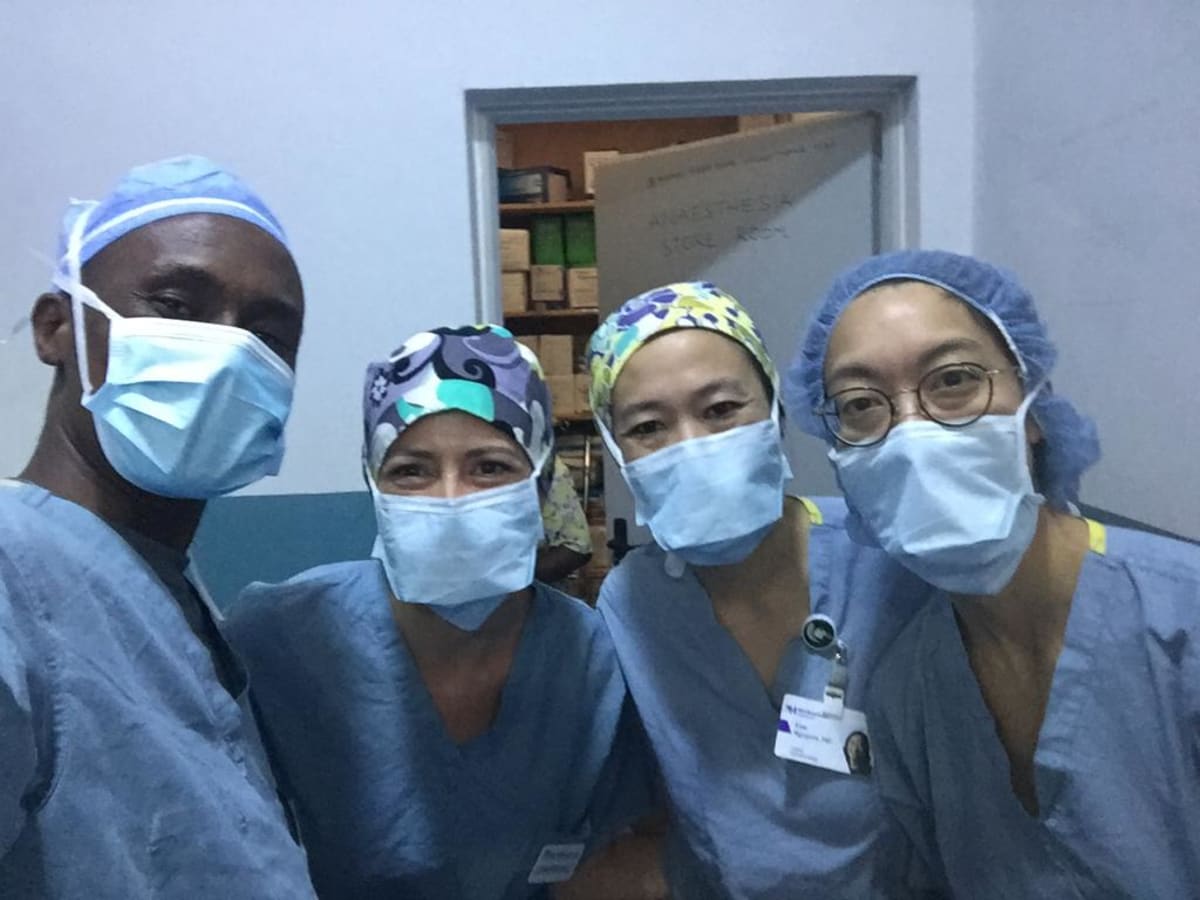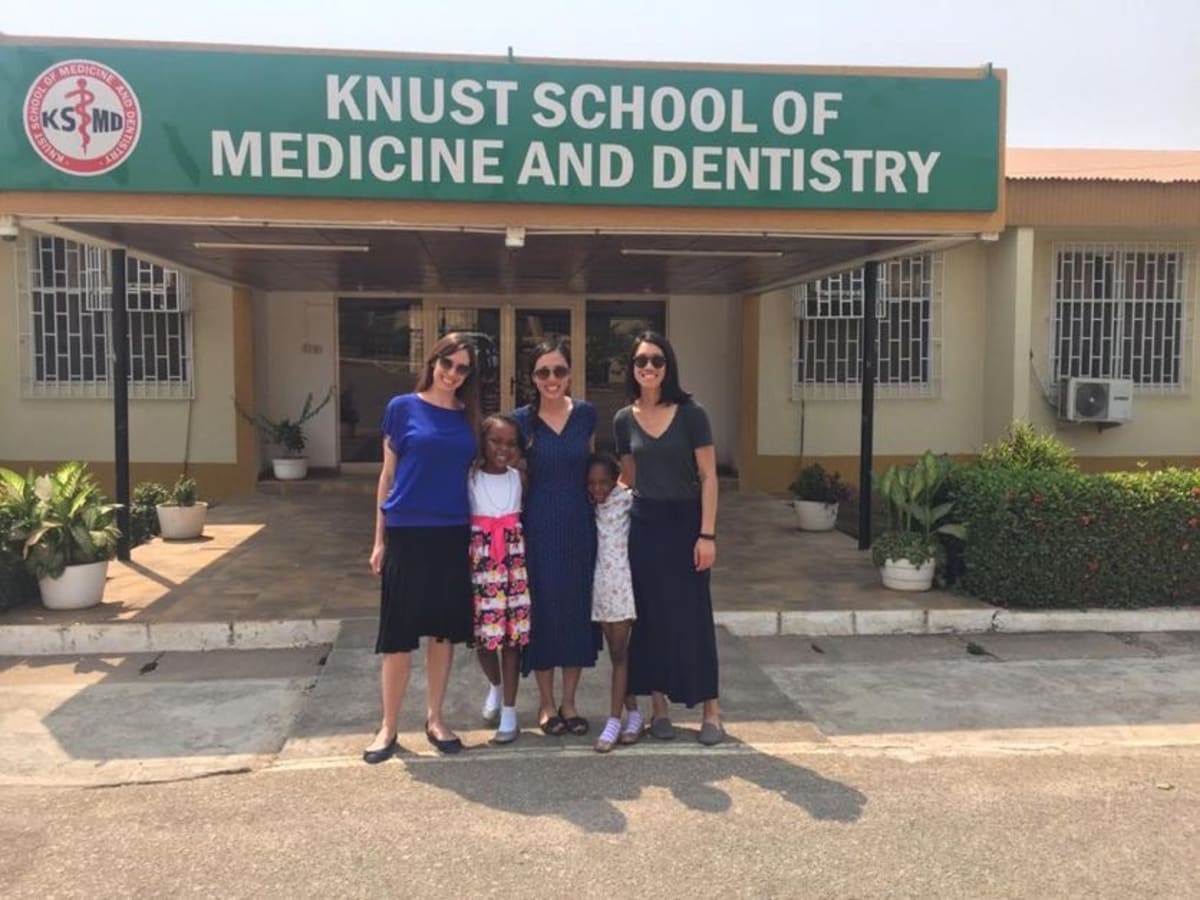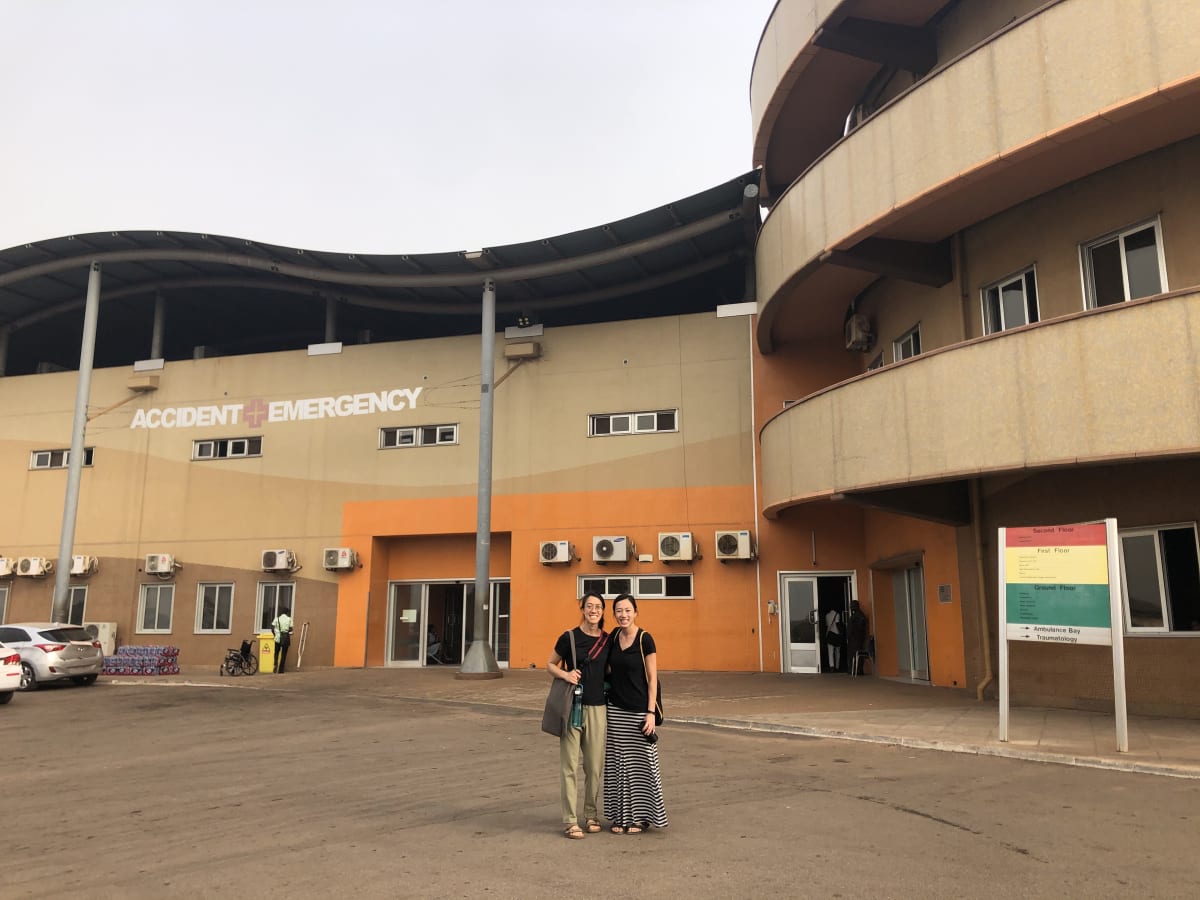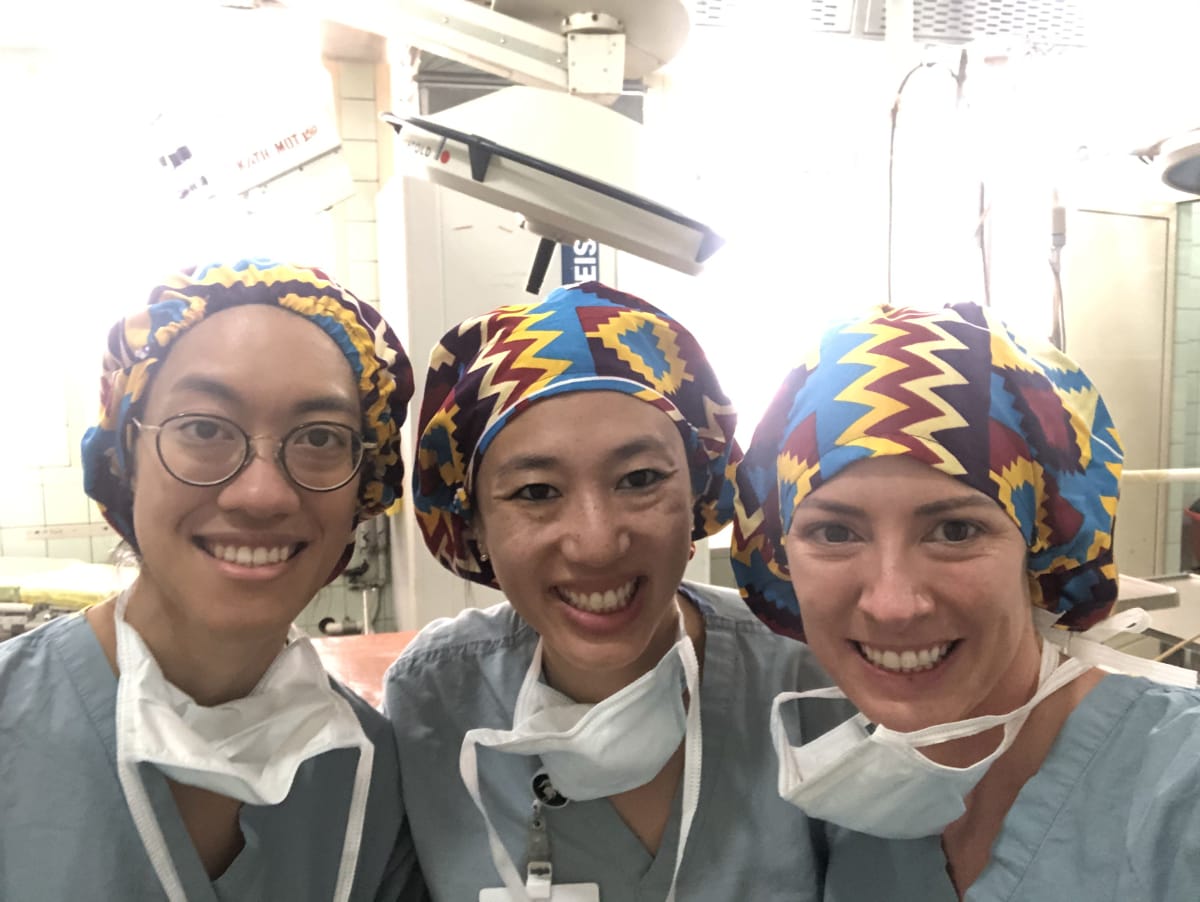We will be traveling to Kumasi, Ghana with a team of Northwestern anesthesiologists and working with the anesthesiologists at the Komfo Anokye Teaching Hospital (KATH) in Kumasi, Ghana through the Northwestern McGaw Global Health Clinical Scholars (GHCS) certificate program and Health Volunteers Overseas (HVO). The goal is to expand regional anesthesia knowledge in the region. The rotation will involve working with the staff there, clinical experience performing regional anesthesia, and organizing and giving lectures. We will collaborate and mentor faculty and student research projects, and also work with local staff to improve operating room efficiency, utilization, patient safety and outcomes, and assist in the acquisition of anesthesia teaching and training materials.
KATH serves an underserved population in Kumsai, Ghana where regional anesthesia is not as prevalent. There are limited resources and limited knowledge regarding ever-evolving regional anesthetic techniques. Prior to trip commencement, KATH will be receiving their first ultrasound machine which will enable us to teach a plethora of regional blocks. We will work collaboratively with KATH faculty in augmenting teaching and training for students and staff through teaching regional anesthesia techniques both with ultrasound and by using landmark techniques.
The impact will be to improve regional anesthesia knowledge and capabilities among the KATH faculty, staff and students. Regional anesthesia offers a lower cost and, at times, safer alternative to general anesthesia for patients with medical co-morbidities while providing benefits such as decreased intraoperative blood loss, improved mobility after surgery and decreased risk of DVTs. A major benefit of regional anesthesia is superior pain control in an opioid-sparing fashion. There is potential to provide significant economic savings along with significant clinical benefit and patient satisfaction.














I spent 4 weeks in Kumasi, Ghana at KATH which is one of only four major teaching hospitals in the country of over 30 million people. It is an urban hospital with over 1200 beds and provides tertiary care across all specialties and ages. Our anesthesia team chose this location because of the existing HVO affiliation and because it is an English speaking country. KATH has a growing anesthesia residency, currently with around 10 anesthesia residents or medical officers and we expected to have an active role in teaching residents and faculty some newer regional anesthesia techniques. This was my first trip to Africa or Ghana and first global health trip as an anesthesia resident so I was excited for the opportunity.
On our first day, we were greeted by a nationwide strike by the CRAs (certified registered anesthetists), or the Ghanian equivalent of CRNAs. This lasted nearly a week and forced the residents and attendings to work excessive hours to try to keep patient care as unaffected as possible. Inevitably, this strike still caused long delays, extreme staff shortage, and adversely affected patient outcomes.
Other differences included limited end tidal CO2 monitors, no advanced airway equipment (video laryngoscope or fiberoptic bronchoscope). Sevoflurane use is limited to pediatric inhalation inductions and isoflurane is used for most other cases since it’s cheaper. Ephedrine or epinephrine were the only available pressors (no phenylephrine). Only two ultrasound machines were available for the entire anesthesia department, one of which broke towards the end of the trip. Additionally the ICU lacked high flow nasal cannula and did not have point of care lab testing. The laboratory services at KATH are very unreliable and for a whole day, no CBC or BMP was able to be processed. Despite the shortage of equipment and services that we view as essential in the US, the physicians at KATH are incredibly resourceful and rely on more economical monitors such as physical exam and point of care ultrasound.
Financial hardship was a common theme in the trip, whether it was for the hospital or its patients. Patients generally have to pay cash for any part of their care including medications, procedures and tests and also for every night that they stay in the hospital. This was very evident in the ICU where a patient had been over 1 week post-op after a craniotomy and subdural hematoma evacuation. The patient was critically ill and remained intubated and on POD7, her mental status had declined and an urgent head CT was recommended but the family frankly told the physicians “we have run out of money and cannot pay for any further care.” It was disheartening to see how lack of money was a direct driver of the patient’s care and a great shift from our system in the US where we treat patients first and consider the financial burden later. There are obviously major consequences of both approaches to consider.
The purpose of this trip was educational, and we primarily taught regional anesthesia and ultrasound guided truncal blocks (erector spinae and quadratus lumborum) and also gave lectures on awake fiberoptic intubations, difficult airway management and pulmonary hypertension. Truncal blocks are relatively newer techniques and can provide significant post-op pain relief for large abdominal or thoracic incisions while being relatively low risk. The attendings at KATH had minimal experience with these nerve blocks and a few were eager to learn more about them. Due to the CRA strike and staff shortages, we weren’t able to do as much teaching as we would have liked, so in the future we hope to involve more of the department and have a more robust curriculum with lectures, workshops and guided demonstrations. Despite the hiccups in the trip, it was still very fruitful. We formed relationships with a lot of the physicians and residents at KATH and have goals for future collaborations to further the goal of improving anesthesia education, practice and patient care.